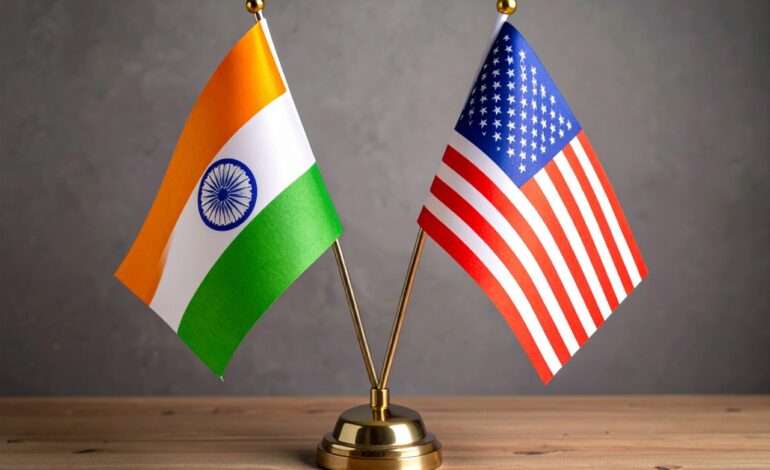
India’s resilience amid US tariffs: Strategic reforms and strong demand
India’s economy remains robust despite stalled trade talks with the US, showcasing its ability to withstand tariff pressures through strategic reforms and strong domestic demand. Over the past decade, India has transformed into a diversified economic powerhouse, driven by initiatives like Atmanirbhar Bharat and the Production-Linked Incentive (PLI) scheme.
Trade negotiations faltered as the US sought extensive market access for agricultural products, pharmaceuticals, and technology services while imposing steep tariffs on Indian exports, including steel, textiles, and IT services. Prime Minister Narendra Modi’s government firmly rejected demands that threatened farmers, MSMEs, and other core sectors, safeguarding economic sovereignty.
Economists Stuart and Linda Stern, in India’s Economic Ascendancy, noted that India’s refusal to yield has positioned it to emerge stronger. The PLI scheme has attracted major players like Apple, Samsung, and Foxconn, boosting electronics exports by 22% in 2024. Investments in semiconductors, 5G, and renewable energy are also accelerating technological autonomy.
Geopolitically, India is leveraging the tariff dispute to expand influence in a multipolar world. Strengthening ties with BRICS and exploring renewed RIC cooperation, India is building partnerships that counterbalance US pressure. Upcoming engagements, including the 2025 SCO Summit in Beijing, highlight this strategic outreach.
By combining economic resilience with diplomatic agility, India is asserting itself as a principled, independent power. This approach not only protects its domestic industries but also shapes a global order rooted in mutual cooperation over unilateral demands.